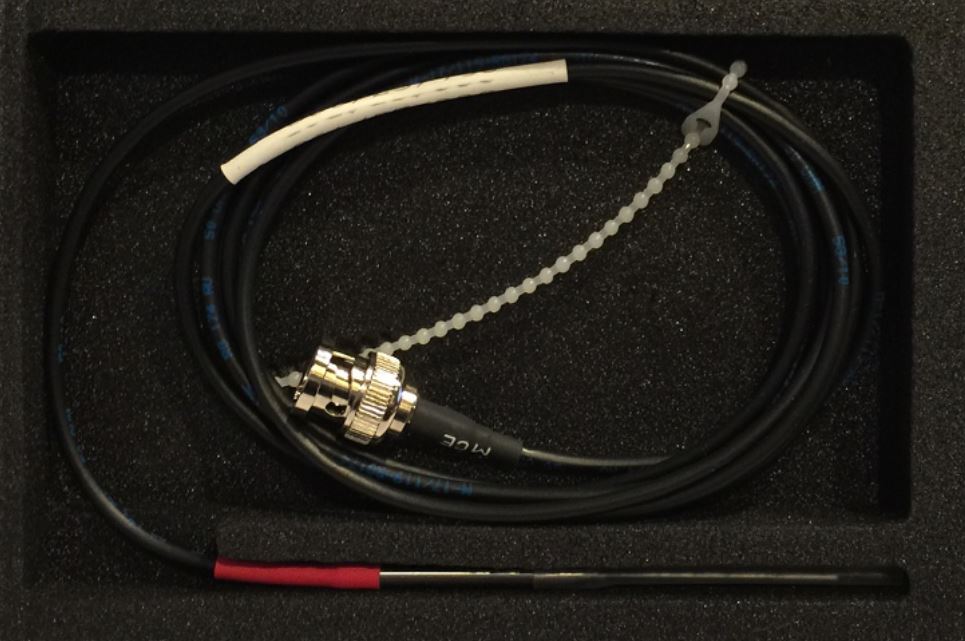AUTOMATIC TITRATOR (KARL FISCHER V30S)
|
For more information click here. |
BALL-MILL (PBM-04) PLANETARY MICRONIZER (LAARMAN)
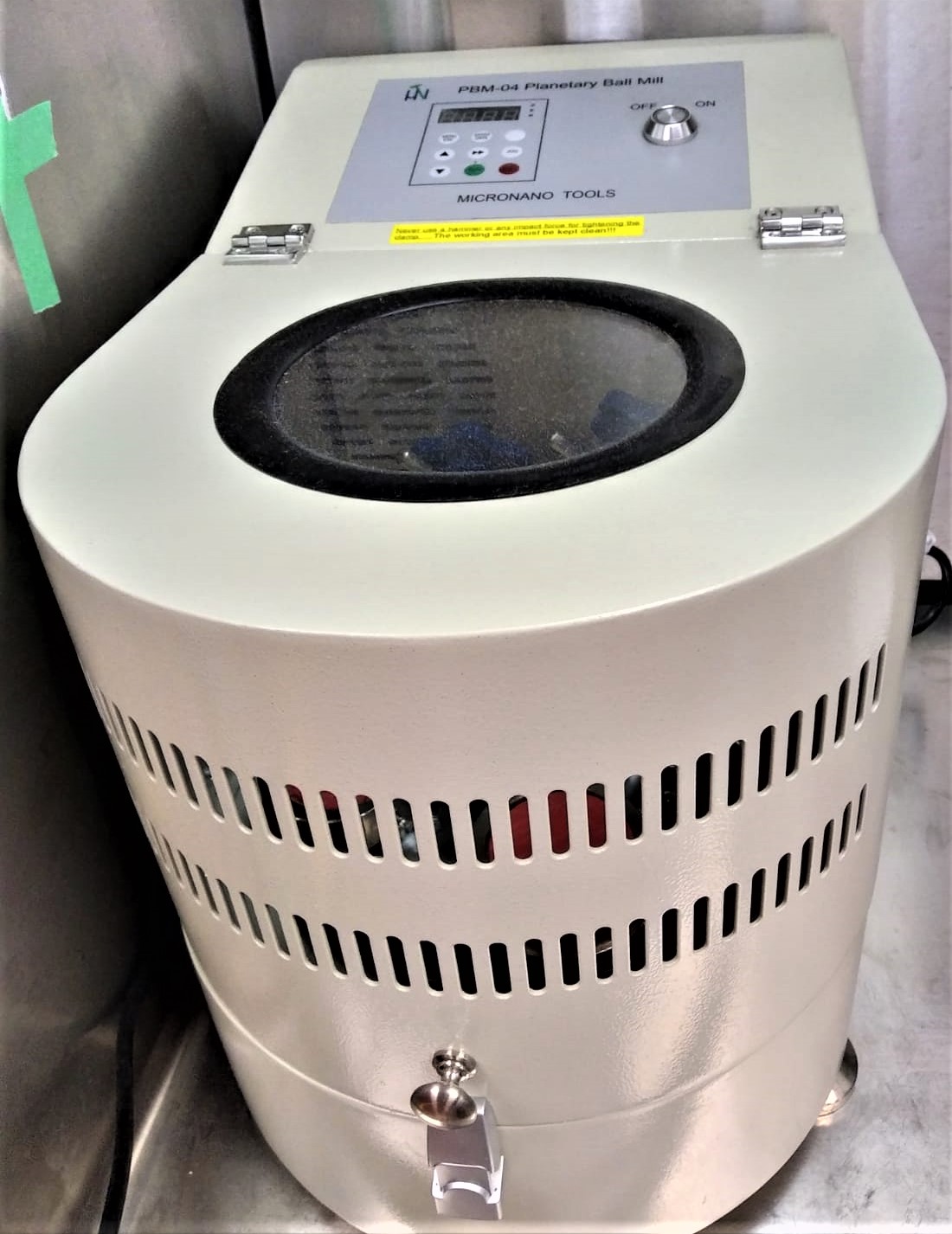 Adaptable to different batch sizes and to work both in dry and wet conditions. It micronizes samples of different hardness including plastics, biomass, and rocks (minerals). Adaptable to different batch sizes and to work both in dry and wet conditions. It micronizes samples of different hardness including plastics, biomass, and rocks (minerals). |
MICROWAVE REACTOR (MONOWAVE 400 ANTON-PAAR)
|
For more information click here.
|
ULTRASOUND PROCESSORS (130 W to 750 w) and ultrasound cells
|
A different set of ultrasound cells, for batch and continuous operations, allows us to tackle different applications with a targeted approach. Selected applications: biomass depolymerization, biomass conversion, and functionalization, micronization, organic reactions, crystallization, extractions, emulsification, dispersions Contact us to have more information on how ultrasound can provide you with solutions. |
DISPERSION ANALYZER (pda 3000 rank brothers ltd)
|
For more information, click here.
|
UV-VIS SPECTROPHOTOMETER (Evolution™ 300 THERMO-FISHER)
|
It performs quantitative measures of Absorbance, % Transmittance, % Reflectance, and Concentration. It can be equipped with an integrating sphere accessory to measure scattering solids by reflectance and scattering solutions by transmittance. For more information, click here.
|
HYDROPHONE
|
It consists of a needle coated with a thin layer of PVDF, which becomes piezoelectric when mechanically stretched, and converts pressure signals to electrical signals. It can measure the acoustic pressure in different areas of a vessel. For more information, click here.
|
GAS CHROMATOGRAPH - FLAME IONIZATION DETECTOR (SCION 436 with autosampler)
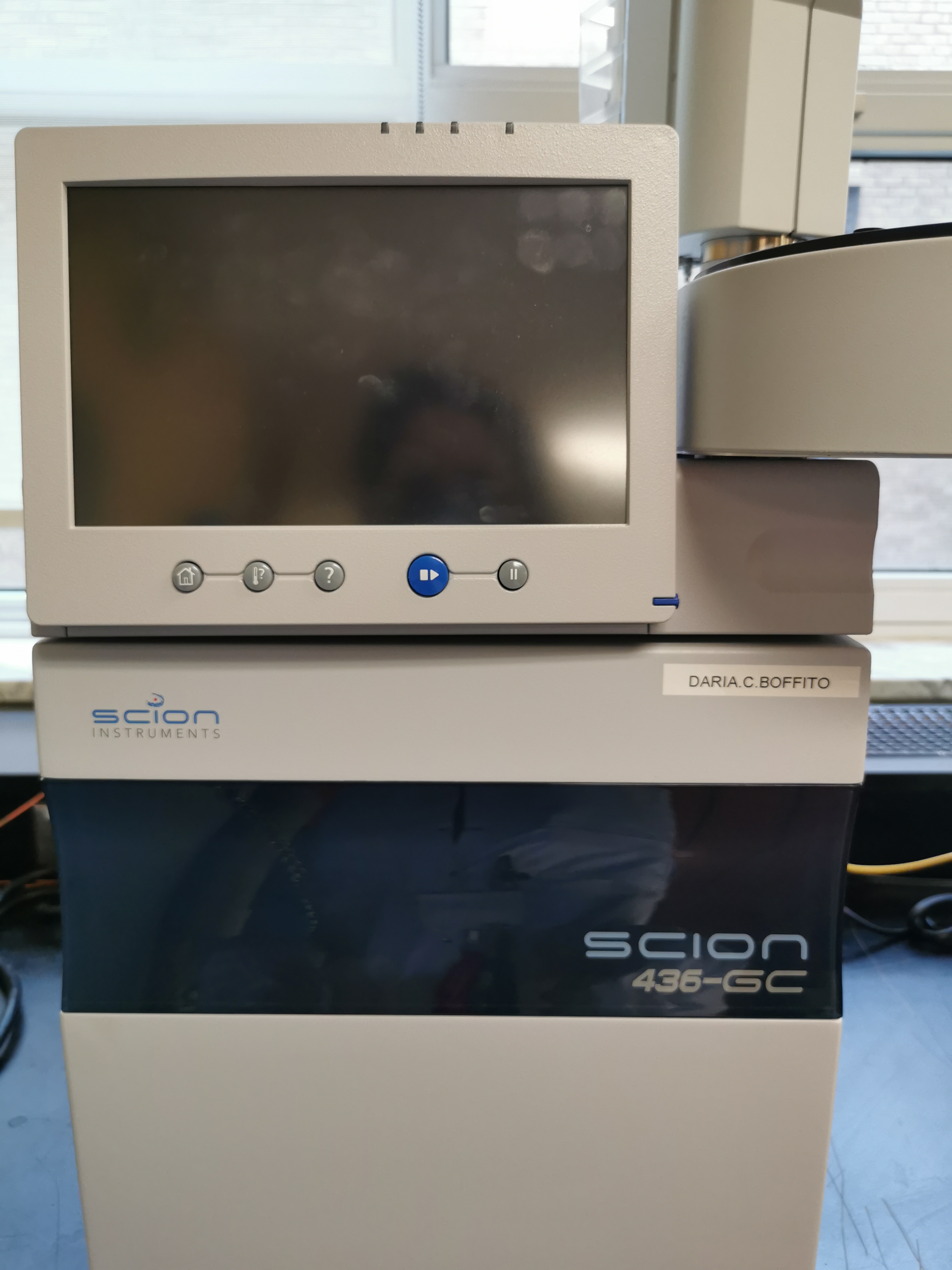 We have expertise in chromatographic analyses to quantify the concentration of a variety of heavy and volatile compounds. The autosampler allows high throughput automated analyses. We have expertise in chromatographic analyses to quantify the concentration of a variety of heavy and volatile compounds. The autosampler allows high throughput automated analyses.
For more information, click here. |
X-RAY FLUORESCENCE SPECTROMETER (PANALYTICAL MALVERN, EPSILON 4)
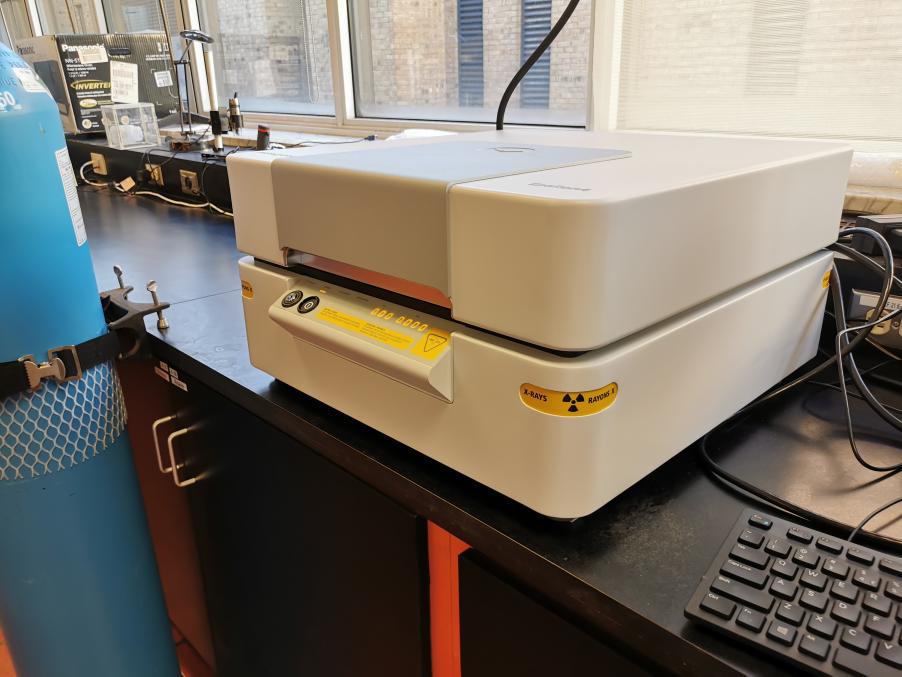 Fast and accurate elemental analysis and composition. Each analysis takes only a few minutes. Fields of application (not exhaustive): mining and minerals, oils and fuels, polymers, cosmetics, and pharmaceuticals. Fast and accurate elemental analysis and composition. Each analysis takes only a few minutes. Fields of application (not exhaustive): mining and minerals, oils and fuels, polymers, cosmetics, and pharmaceuticals.
For more information, click here. |
SPINNING DISC REACTOR (SDR)
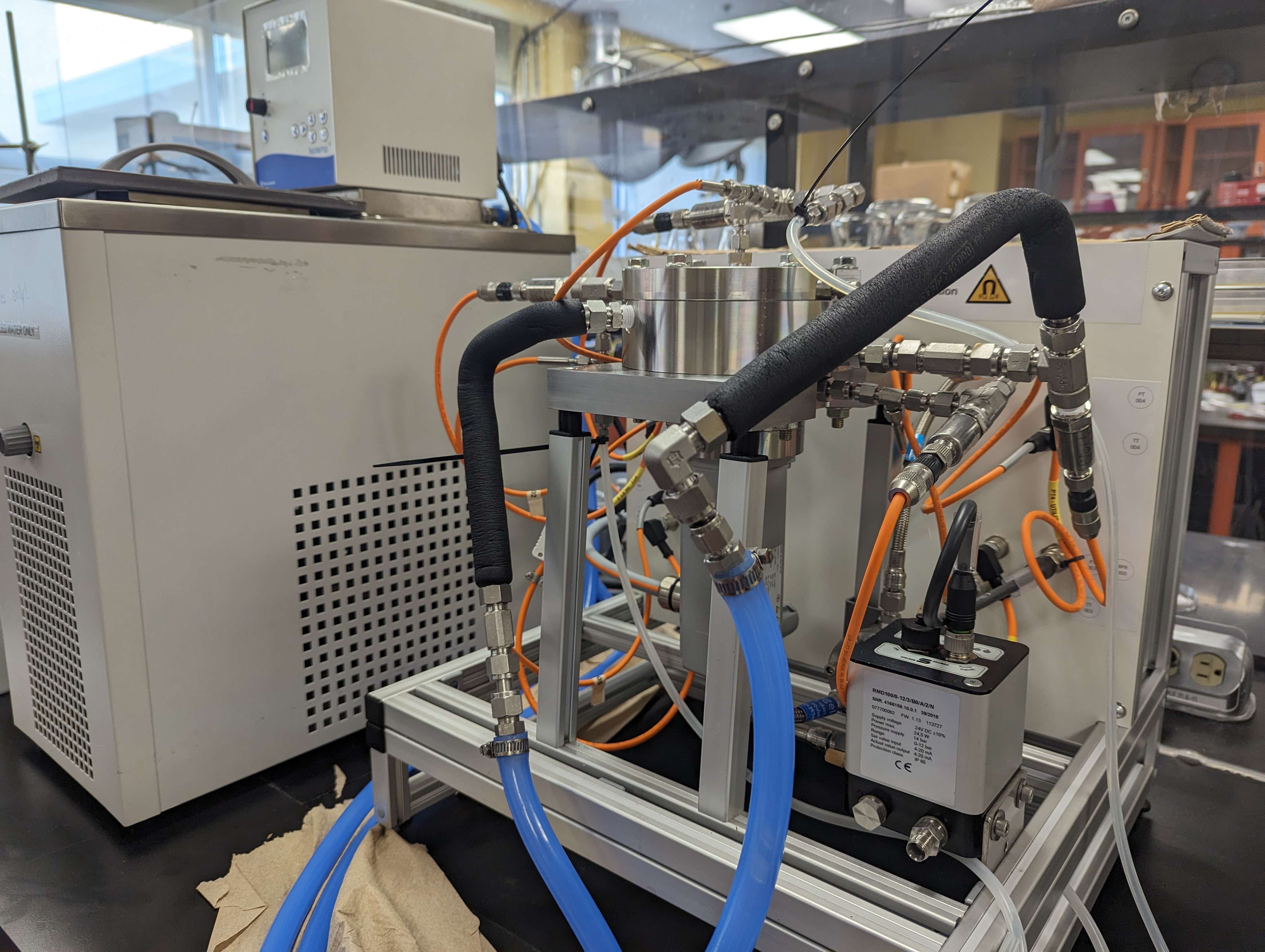

|
EPR
CONTINUOUS ULTRASOUND REACTOR
FURNACE
software and computational expertise
|
ACCESS TO OTHER EQUIPMENT
|
CATALYST/POWDERS/PARTICLES CHARACTERIZATION
LIQUID AND GAS ANALYSIS
|


 The Karl Fischer analysis determines the water concentration in different types of samples. The detection range is 100 ppm to 100%.
The Karl Fischer analysis determines the water concentration in different types of samples. The detection range is 100 ppm to 100%.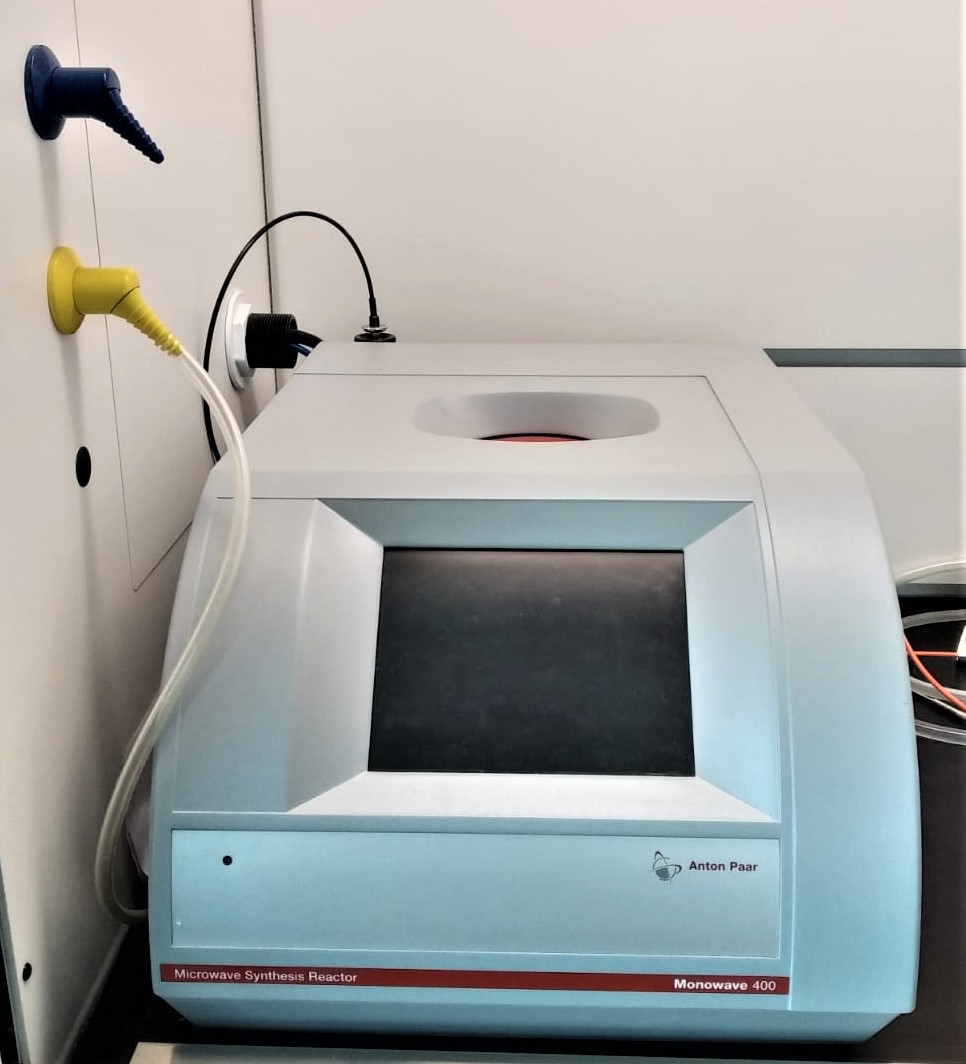 The monowave 400 by Anton Paar is a very flexible microwave reactor both for chemical synthesis and destructive processes. Both temperature and power can be controlled and delivered steo-wise through the operating settings. The system is equipped with an integrated camera to image the reactor while microwave is applied.
The monowave 400 by Anton Paar is a very flexible microwave reactor both for chemical synthesis and destructive processes. Both temperature and power can be controlled and delivered steo-wise through the operating settings. The system is equipped with an integrated camera to image the reactor while microwave is applied.  The EPIC lab is equipped with a variety of ultrasound processors (20 and 30 kHz) of nominal powers ranging from 130 W to 750 W, with tunable amplitude.
The EPIC lab is equipped with a variety of ultrasound processors (20 and 30 kHz) of nominal powers ranging from 130 W to 750 W, with tunable amplitude. This dispersion analyzer monitors in continuous the degree of emulsification and the dispersion ability of different systems.
This dispersion analyzer monitors in continuous the degree of emulsification and the dispersion ability of different systems. A very flexible tool to analyze quantitatively a variety of compounds in the liquid phase, as well as the number of solids in a suspension.
A very flexible tool to analyze quantitatively a variety of compounds in the liquid phase, as well as the number of solids in a suspension.